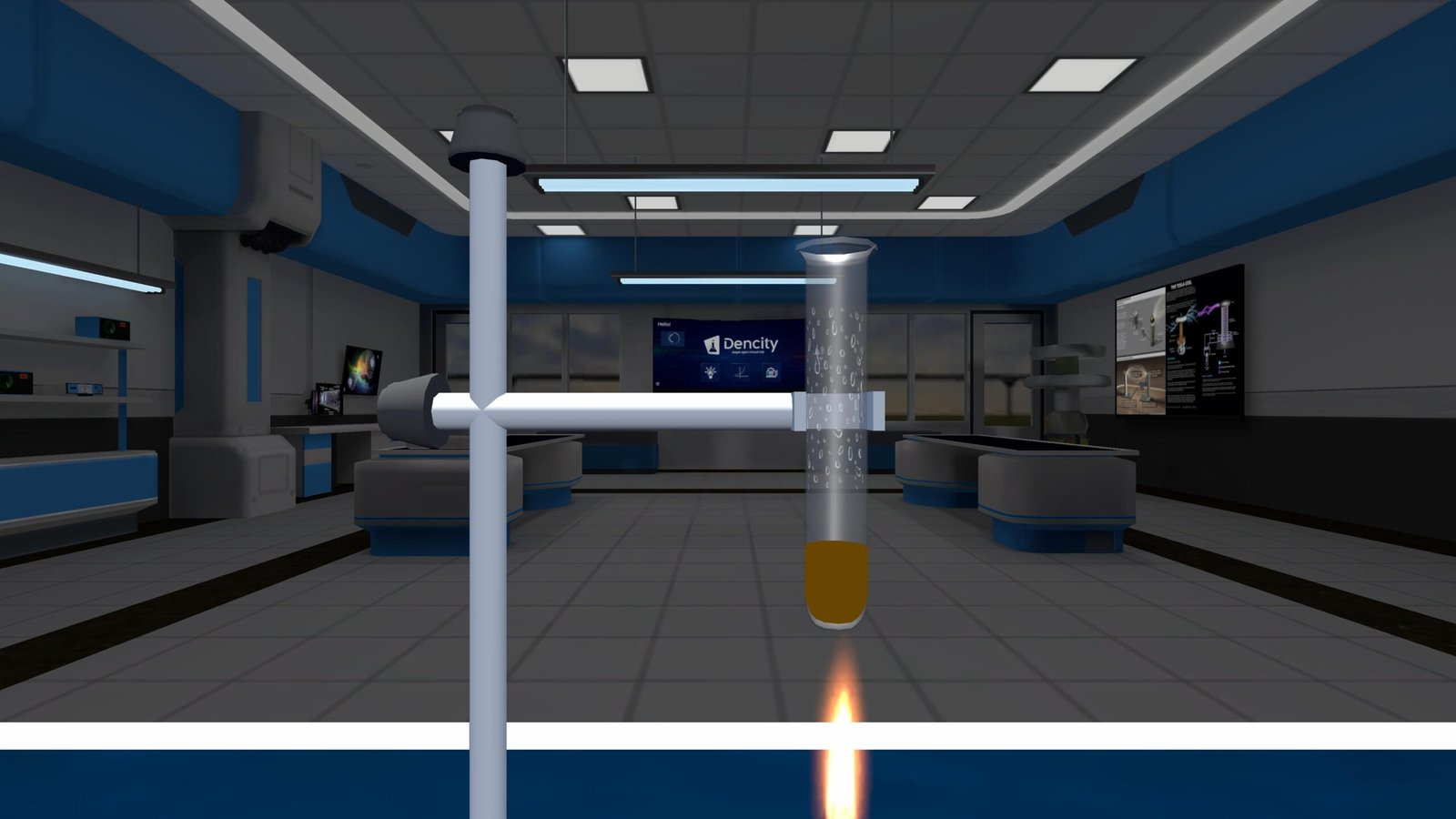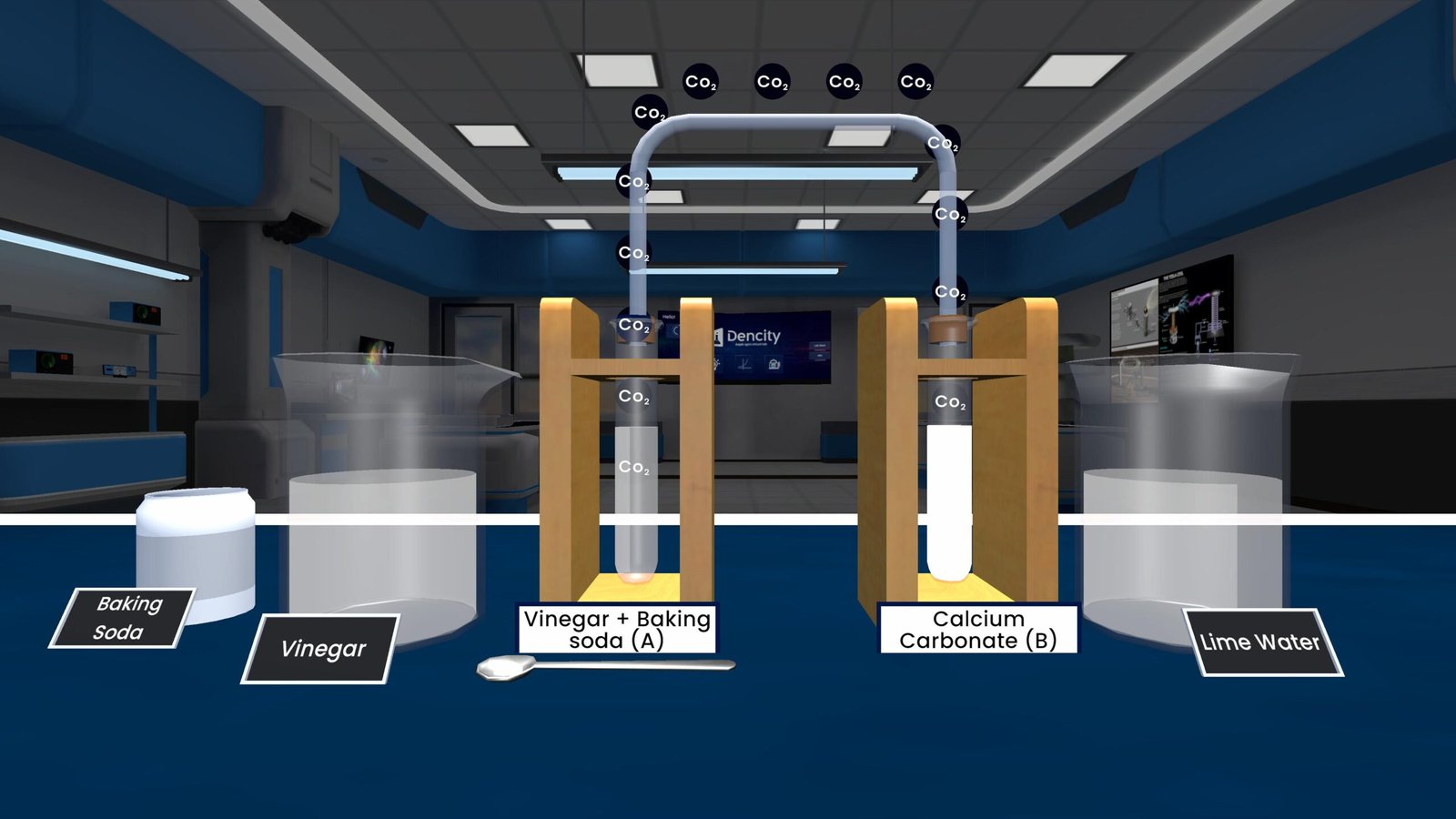Reflection of Light Experiment – Understanding How Light Bounces
Reflection of light is one of the most important concepts in physics and helps us understand how we see objects around us. In simple words, when light hits a smooth surface like a mirror, it bounces back. This bouncing of light is called reflection.
Imagine throwing a ball against a wall — it comes back to you. The same happens with light! When a ray of light hits a mirror, it reflects at an angle. The angle at which it hits the mirror is called the angle of incidence, and the angle at which it reflects is the angle of reflection. The amazing part is, both angles are always equal!
Also, the incident ray (incoming light), the reflected ray (bounced light), and the normal (an imaginary line at 90 degrees to the surface) always lie on the same flat surface or plane. These form the Laws of Reflection.
What You’ll Learn:
- How light behaves when it hits a smooth surface
- Difference between incident ray, reflected ray, and normal
- The two laws of reflection
- Real-life applications of reflection in daily life
Two Laws of Reflection:
- The angle of incidence is equal to the angle of reflection.
- The incident ray, reflected ray, and normal all lie in the same plane.
Summary Table
| Term | Meaning |
|---|---|
| Incident Ray | Light hitting the surface |
| Reflected Ray | Light bouncing off the surface |
| Normal | Line at the point of contact |
| Law 1 | Angle of incidence = angle of reflection |
| Law 2 | All rays lie in one plane |
Real-Life Applications of Reflection
- Mirrors at home or in vehicles
- Periscopes in submarines and kaleidoscopes
- Solar cookers to reflect and focus sunlight
Observe With Dencity – The Virtual Science Lab
Learning reflection becomes super easy with the Dencity app. Instead of just drawing ray diagrams on paper, you can see how light behaves in real-time. The Dencity virtual science lab lets you:
- Adjust the angle of the incident ray
- See how the reflected ray changes instantly
- Understand the laws of reflection visually
- Perform experiments safely, from anywhere!
Whether you’re using a phone, tablet, or desktop, Dencity makes science feel real. It’s perfect for learners who want to experience science experiments hands-on, without needing physical lab equipment.
Dencity for Teachers
- Boosts interactive teaching with live, real-time ray diagram demonstrations
- Teachers can assign control of the experiment to students
- Allows group learning through virtual classrooms
- Easily track student understanding and progress
- Saves time and helps explain complex concepts visually
Perfect for Touch Panels in Classrooms
Dencity runs smoothly on interactive touch panels, making classroom teaching more immersive and fun. Teachers can drag rays, adjust angles, and show results on the big screen — all with a simple touch.
Contact Us for a Demo
Are you an educational institution? Reach out to us at dencityapp.in for customized pricing, teacher training, and interactive demos.
Frequently Asked Questions (FAQs)
- What is reflection of light?
It’s the bouncing of light when it hits a smooth surface like a mirror. - What are the laws of reflection?
- Angle of incidence = angle of reflection
- All rays lie in the same plane
- What is the normal in reflection?
It’s an imaginary line at 90 degrees to the surface where light hits. - Where do we use reflection in real life?
In mirrors, car headlights, periscopes, solar panels, and more. - Can light reflect from rough surfaces too?
Yes, but the reflection becomes scattered. That’s called diffused reflection. - How does Dencity help in learning reflection?
It shows ray paths, angles, and behaviors visually, making learning easy and fun. - Which class is this experiment for?
This is suitable for class 8 science students. - Is Dencity a free app?
Dencity offers trials and customized plans. Contact us for details. - Can I use Dencity without a science lab?
Absolutely! It’s a virtual science lab you can use from home or school. - Does Dencity work on all devices?
Yes! Dencity works on Android, iOS, and desktop platforms.







